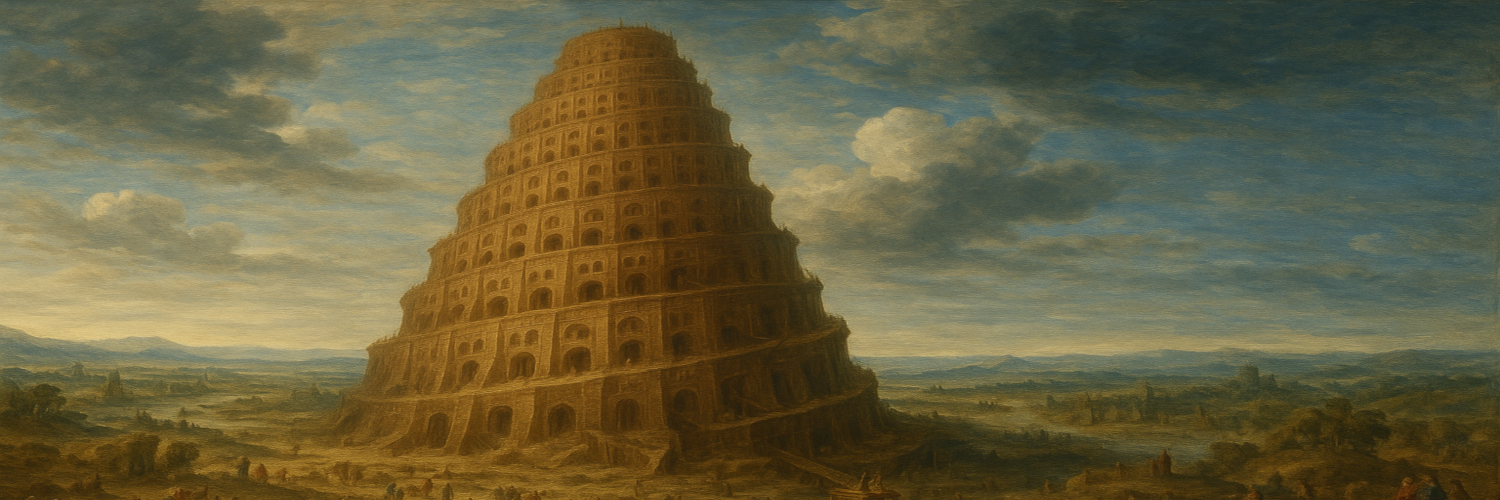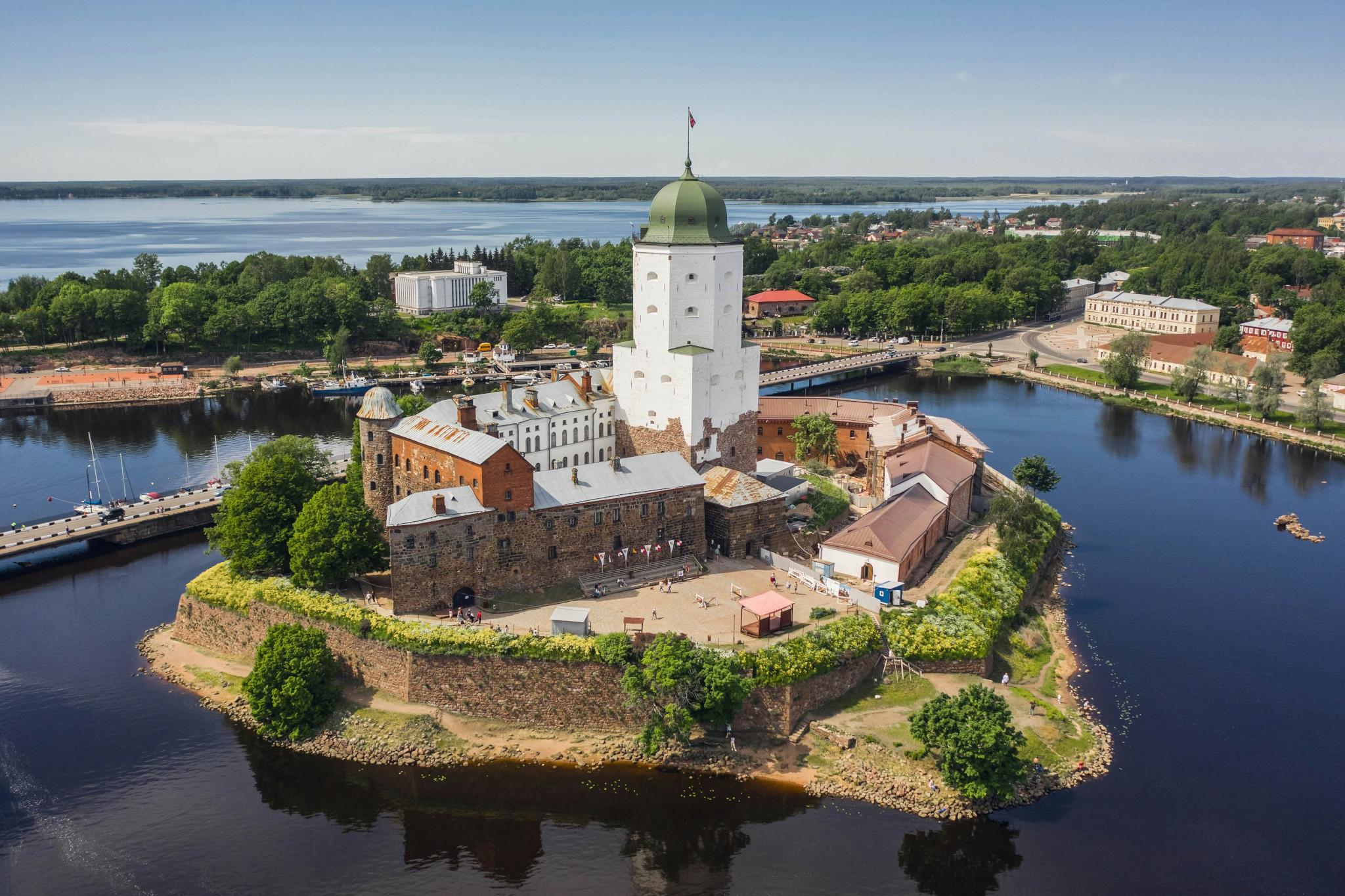The Finnic Peoples of Russia: Comprehensive Analysis Using Genome-Wide and Y-Chromosomal Data





Our journey into the genetic history of the Eastern Finnic peoples—Karelians, Veps, Votes, Ingrians, and Ingrian Finns—uncovers the rich tapestry woven over 3,000 years. Occupying vast territories of Northwestern Russia, these groups, though small in number today, tell a significant story of migratory adventures and genetic mingling reflected in their unique DNA. Step back in time, about three millennia ago, and you find yourself amidst the fascinating tale of these Eastern Finnic populations who have inhabited vast stretches of Northeastern Europe, from the lush landscapes of modern-day Karelia to the bustling region of Ingria.
The archaeological records of the "typical" Tarand graves, particularly in regions like Estonia and parts of Russia, mark a fascinating cultural era known as the "golden age" of Proto-Finnic civilization. During this period, which spanned from the 1st to the 4th century AD, the genetic landscape of what we now recognize as modern-day Finnic peoples began to take shape. These graves, unearthed principally in Estonia, but also reaching into Northwestern Russia, reveal a community that sustained itself through local resources, leading to a demographic boom. The presence of distinct Y-chromosome markers reveals a common thread among these groups, suggesting their ancestors thrived culturally and genetically around the 1st to 4th centuries AD. Imagine the ancient individuals, perhaps some notable figures of their time, resting among grave goods that whisper tales of their era, from finely crafted tools to the distinctive jewelry that adorned them.
Much like a complex puzzle, the gene pool of the Finnic peoples is composed of four major Y-chromosome components. Each represents a different wave of genetic ancestry with fascinating tales to tell. By examining the Y-chromosome, remnants of our paternal ancestral lines, researchers crafted a tale of four genetic elements, akin to ancient tribes: the "Northern" component, ruling amongst Northern Karelians and Ingrian Finns; the "Karelian" mapped amongst Livvi, Ludic, and Tver Karelians; the mixed "Ingrian-Veps" alliance found in the Ingrians and Veps; and finally, the "Southern" kept alive amongst the Votes. Weaving through time, genetics unravels yet another strand of the Finnic story, revealing distinct genetic patterns that unite diverse populations across Northeastern Europe.
By analyzing the widespread presence of haplogroup N3a4-Z1927, which is prevalent across these populations, we can trace their lineage back to a common ancestor who lived approximately 2,400 years ago. This genetic thread weaves through histories connecting ancient communities with the present. The expansion of N3a4-Z1927 coincides remarkably with the Tarand cultural flourishing, punctuating the importance of this lineage in the Finnic story. A prominent genetic signature is the haplogroup N3a4, which intriguingly diverged into subgroups around 2.4 thousand years ago, uniting diverse populations from the Ingrian Finns, who show the most varied lineages, to the Northern Karelians and even some Northern Russian groups.
The paths tread by these populations paint a picture of both sedentarism and migration. Votes, for instance, are seen as relatively sedentary, rooted firmly within their homeland for centuries. In stark contrast, Karelians, Veps, Ingrians, and their kin participated in dynamic migratory movements. These migrations, intensified around the 9th to 11th centuries AD, fostered the branching out of tribes and led to the rich cultural and genetic tapestry we observe today. Historic migrations in this period pushed these groups to different corners, carving Karelian enclaves amidst the tapestry of Russian soil, and rushing the Votes into the annals of Novgorod history. Each migration wave left traces, not just in the archaeological soil but also in the gene pools of these distinct groups, providing evidence of their journey through time from their Uralic-speaking ancestors to the multi-layered community they grew into.
Beyond the Y-chromosomal stories, the autosomal DNA data illustrate another layer of complexity. It allows us to categorize Finnic peoples into geographical blocks reminiscent of their migratory paths and neighboring interactions. Here, we find that even though specific populations have intermixed with Central Russian peoples, their unique genetic patterns remain intact, perpetuating an ancient narrative of resilience and cultural evolution. The enthralling phylogeographic analysis unearthed beguiling connections: the similarity to Finnish populations and resemblances lingering between Veps and the Northern Russian Pomors. Our journey through the genetic landscapes brings us to a division within Eastern Finnic tribes into predominant clusters, "Karelia" and "Ingria," mirrored in their geographical dispersal and the subsistent cultural boundaries.
The archaeological sites, adorned with stone and iron age relics, give voice to cultural practices that entwined the Eastern Finnic identity with its artifacts—pottery, tools, and personal items, each embodying a fragment of life so far removed from ours, yet so vividly present through genetic footprints. The Tarand graves, with their collective structures, echo with the voices of ancient communities who flourished in what might be deemed as a "golden age" during the Roman Iron Age. These burial sites are distinctive for their stone cist constructions, serving not only as resting places for the deceased but also as cultural anchors around which communities coalesced and thrived.
The genetic structure captured draws tantalizing connections with other European domains, revealing how the northern Karelians and Ingrian Finns share profound genetic reservoirs with regions outside Russian borders, cascading towards the realms of Savo in Finland. A revelation of genetic similarity between northern Russians and the Eastern Finnics suggests shared roots likely arising from erstwhile migrations across the Baltic sea and Volga gateway. This is a story not just of divergence, but of convergence, where different peoples met, mingled, and moved on, creating the diverse gene pools and genetic mosaics of Votes and Ingrians that reveal cultural exchanges and migrations veiled in time's shadows.
Comments